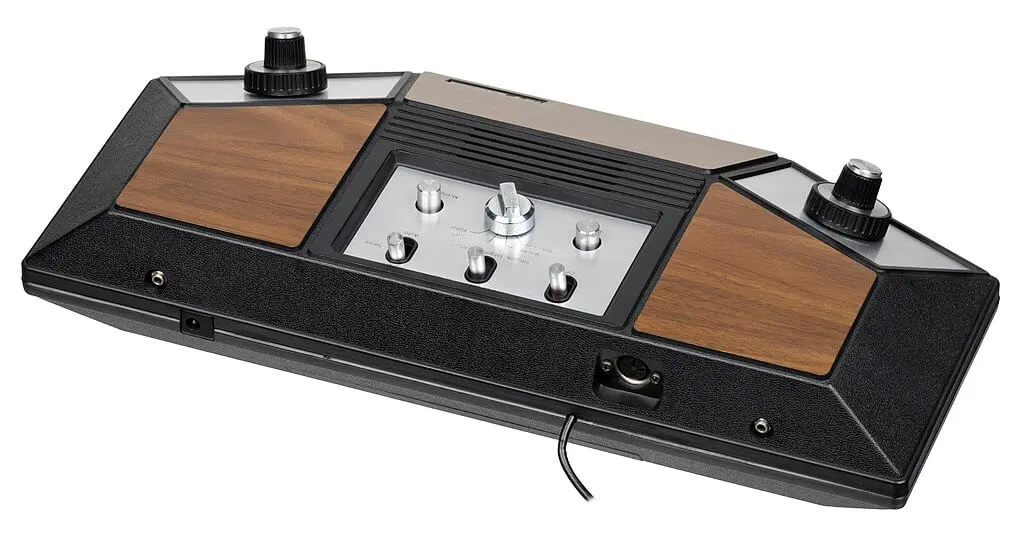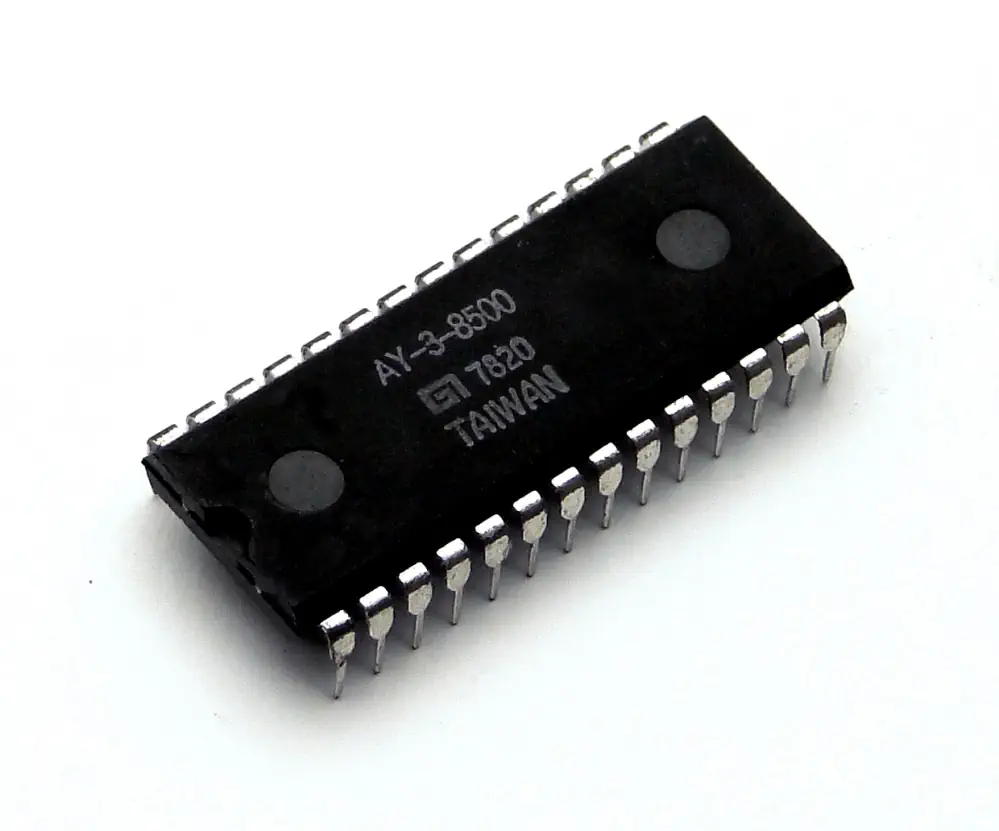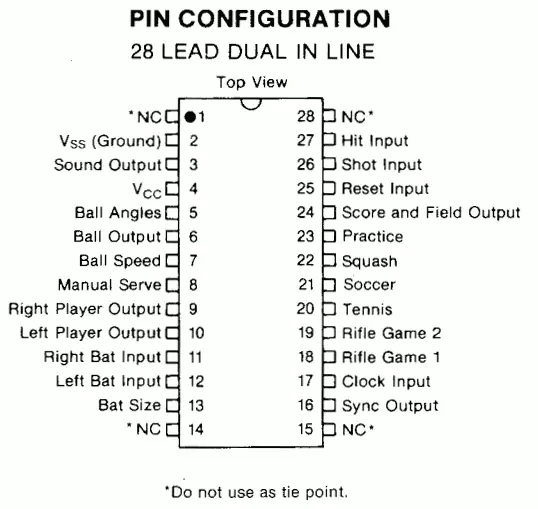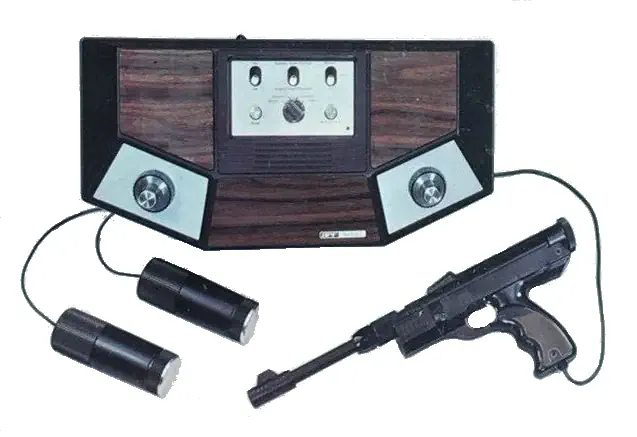APF TV Fun 402
The TV Fun series is a family of home consoles released by APF Electronics in the USA and manufactured mostly in Japan. This was the first attempt of APF to enter the home console market. The company had up until this point only manufactured small electronics such as calculators. The console hand pong-like games and was meant to compete with the Atari Pong game consoles.
The 402 model of the machine was released in 1976. The machine was very similar to the 401, but with the addition of two external wired paddles and a light-gun. This gave the 402 more game options and the machine features 8 types of game:
- Tennis for two
- Tennis for four
- Hockey for two
- Hockey for four
- Singles and doubles Handball
- Skeet shoot
- Target Shooting
Scoring was automatic and on-screen, with up to 21 points. Three different sounds were used for a Hit, a score and a boundary reflection. The net and boundary lines were displayed on screen. The machine was powered by 6 C-type batteries or an optional AC 9V wall adapter.
APF TV Fun 402 Backside

The AY-3-8500 "Ball & Paddle" IC
The AY-3-8500 "Ball & Paddle" integrated circuit was the first in a series of ICs from General Instrument designed for the consumer video game market.
In 1975 General Instruments developed the AY-3-8500 chip that would revolutionize home gaming. Initially there was no interest in the chip, General Instruments could not find interested buyers. At the same time Coleco had the desire to built a home console. Thanks to Ralph Baer, the brain behind the Magnavox Odyssey, Coleco and GI found each other and in 1976 Coleco Telstar was put on the market. It immediately became serious competition for the Magnavox Odyssey.
Ultimately the AY-3-8500 was used in more than 200 consoles, from the APF TV Fun, the Philips Tele-Spiel Las Vegas, the Sears Hockey Tennis game to the Tandy TV-Scoreboard and many, many more.
The AY-3-8500 was designed to output video to an RF modulator, which would then display the game on a domestic television set. The AY-3-8500 contained six built in games:
- Tennis/Pong
- Soccer/Hockey
- Squash
- Practice game
- Shooting 1
- Shooting 2
The AY-3-8500 was the 625-line PAL version and the AY-3-8500-1 was the 525-line NTSC version. It was introduced in 1976 with Coleco the first manufacturer to implement the chip in its Telstar console. Only a few external components were needed to build a complete system, which made this chip an attractive option to produce cheap pong machines.
The AY-3-8500 was the first iteration of the chip with black-and-white video output. It was possible to colorize the game by using an additional chip, such as the AY-3-8515.

The AY-3-8500 Pin-Out



